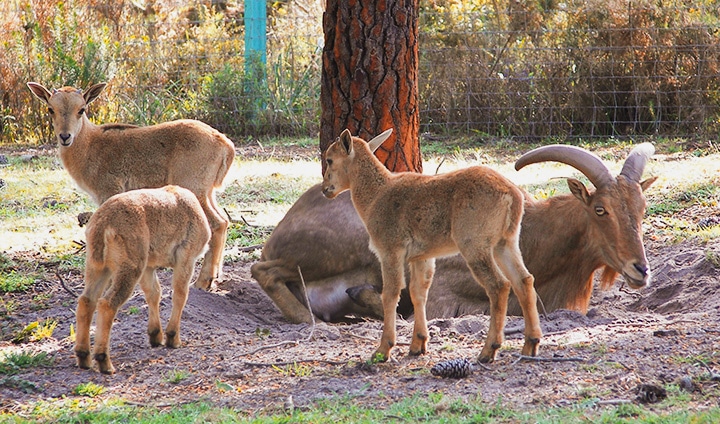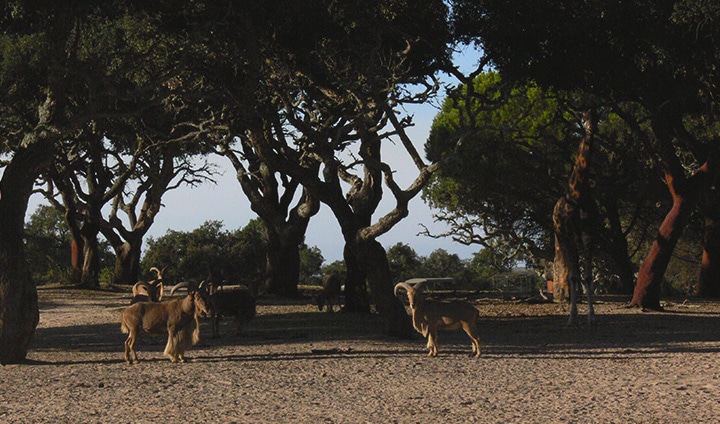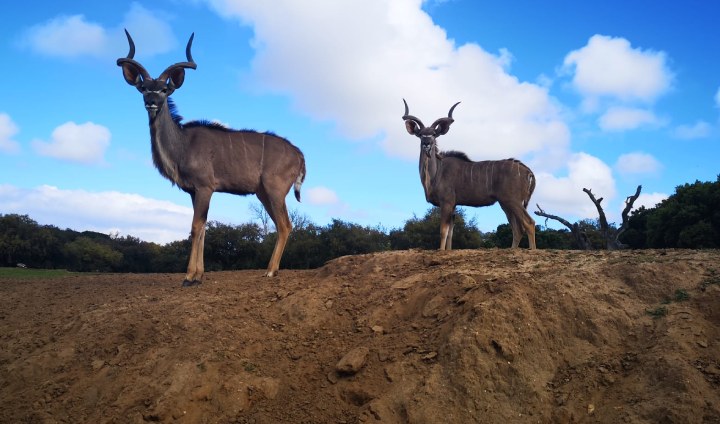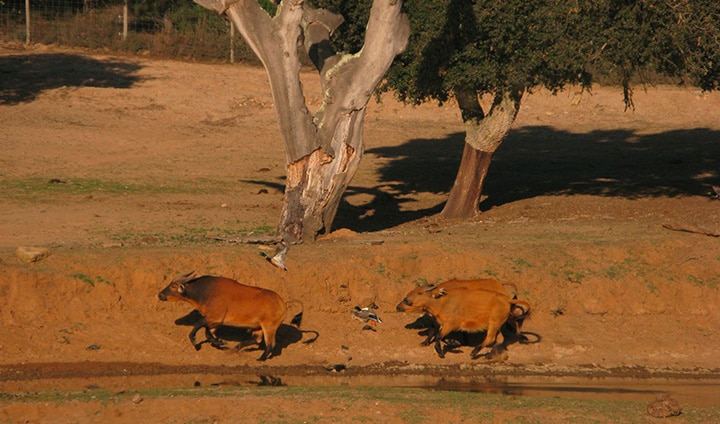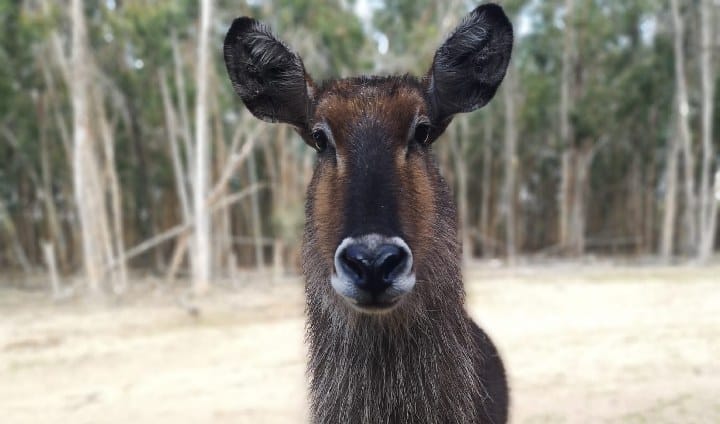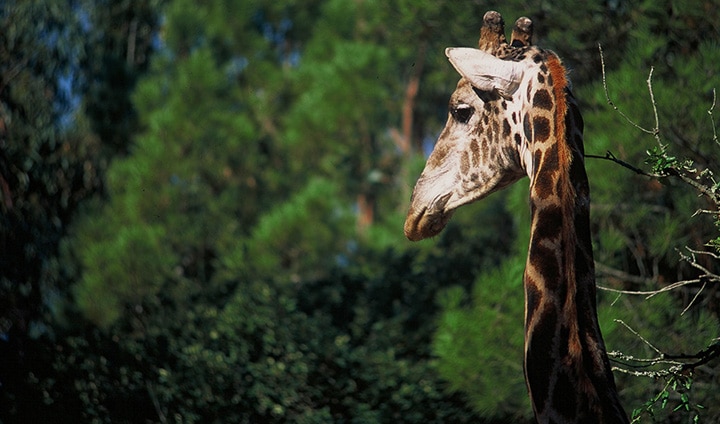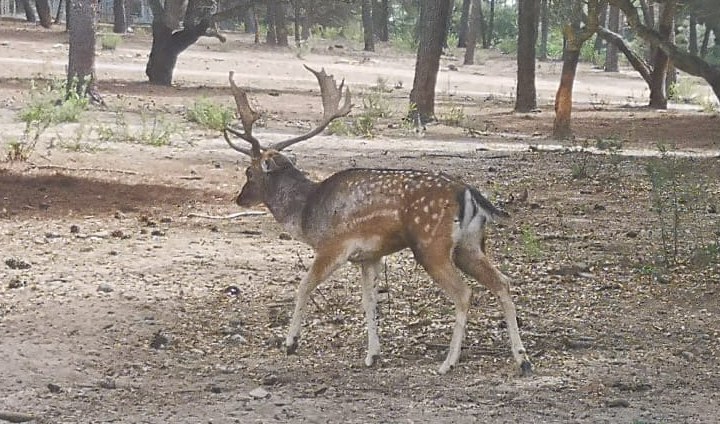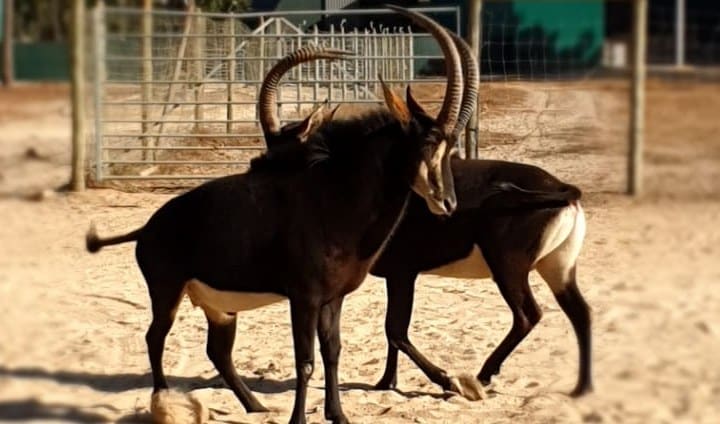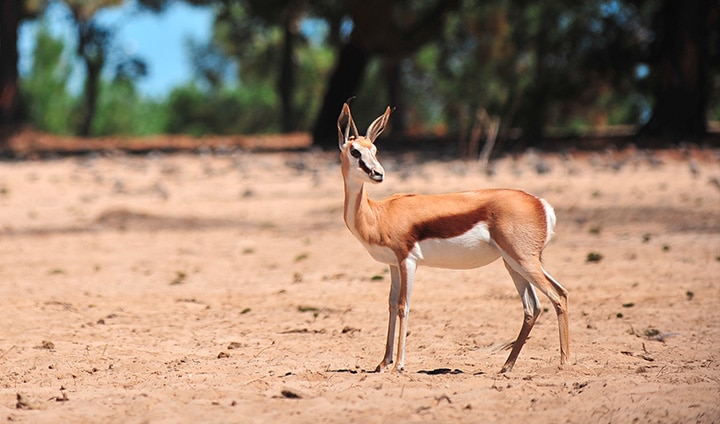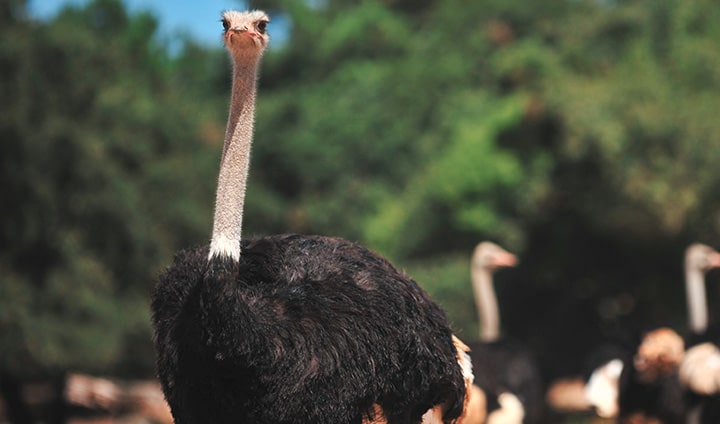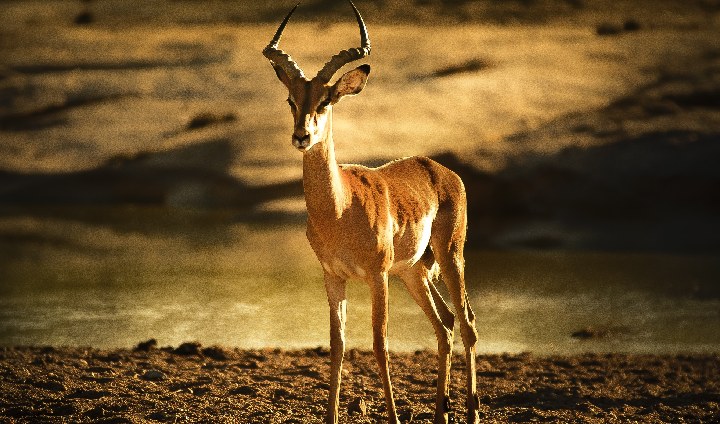Distribution and Habitat: Originally from the mountains of the Sahara and currently inhabiting all the great mountains of North America. They were introduced to Europe and later to American zoos. The surplus animals were transferred to private reserves that eventually released them into the wild. Animals endemic to the mountains of North Africa and are found both in the desert and at the peak of the mountain, covered by snow.
Diet: Herbivorous animal, they feed mainly on grass and shrubs. Seasonal variation plays an important role on their diet. In winter, grass has a higher consumption, while shrubs are the most common foods for the rest of the year.
Reproduction: Reproduction takes place between September and November and the gestation lasts about 160 days (about 5 months). Usually only 1 offspring is born.
Behaviour: Barbary sheep, as they are used to a dry climate, have the ability to survive without drinking water for long periods of time.
Conservation Status: Vulnerable (VU)
Class: Mammalia
Order: Artiodactyla
Family: Bovidae
Dimensions: 1 m height (shoulder)
Weight: 40 kg females e 140 kg males
Lifespan: 10 years in the Wild / 20 years in Captivity


